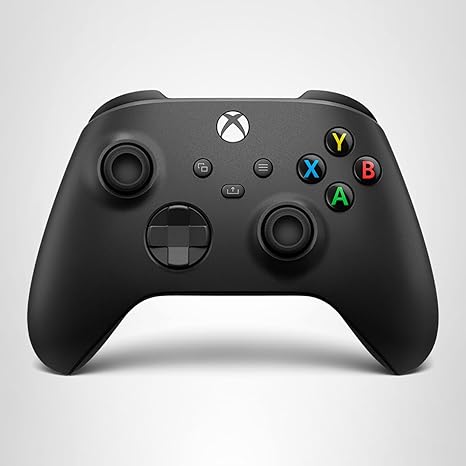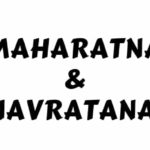Copyright is the right of creator who creates/innovates new things such as Technical Works or Written works
Ex: Artistic and Literacy, computer programming, music, pictures etc.,
Copyright can be eligible for every new innovates.
Every new innovation which have work or fixed can be registered at Register offices of copyright. So that the innovation is protected.Even the content from the internet can be copyrighted/protected by specific commercial license.
Ex: Software.
But the duration of protection varies from country to country Ex: in European countries it can be protected after the author’s/creator’s death of 70 years. After the tenure period it can be used by anyone.
Internal Authorization Process should be there for creation of any new Trademark.
Creator can transfer his licence/ownership to others with a specific contract. Ideas and concepts can not be protected by copyright including Algorithm.
Q. Software be protected _________________?
a)Once it is registered in the local registration office.
b) When creating a patient.
c) Under copyright automatically when created.
Q) Rules followed while creating new software by 3rd party products are _______?
a) Include 3rd party products in the software as much as to save time.
b) Need to seek permission from the owner of 3rd party for a specific license.
c) Always use 3rd party products were integrated in previous solution.
PATENT Related Intellectual Property Rights
Patent gives protection to new inventions,unique, new way of doing things which are not in market which can be product/method/process with the right of owners to make,invent, sell, offering for sail. Ex: Novel
If anything registered under Patent cannot be used by others in any purpose. Legal team or Trade Secrets helps in registration process for Patent.
Patent rights of owners also differ from country to country. Usually it is valid for 20 years
Q) The Petentability conditions are _____________?
a) Invention, novelty, and industrial applicability
b) Invention and originality.
c)Invention and novelty.
Trade Related Intellectual Property Rights
Trademark is use to identify the source/origin of goods and services Ex: symbols, names, words, images, logos etc.,
Trademark can be registered under Trademark office and the duration varies from country to country. In our country the tenure is of 10 years and can be renewed after every 10 years.
For some other countries it is of 5 years. If unable to renewed then it can be cancelled after tenure period.
Once registered only the owner of licence can promote his goods or services. No other should use his goods or services
Q) Which of the following cannot be protected under IP rights?
a) Images
b) Ideas
c) Software
IP rights do’s and don’ts
Do’s
Always use written permission from the owner before using 3rd party(anything that you don’t create yourself) innovations such as goods or services.
Always include the standard legal notice when using 3rd party materials and trademarks.
Do contact the appropriate Legal team to make sure everything is in order
What does IP Infringement mean?
Using material without the permission of the owner may result in Infringement lawsuits.
Infringement could cause economic and reputational damage including criminal charges..
So you must be very careful when you download computer codes, diagrams, pictures or any other content available from the internet and use them in public forums without proper permission of the owners.
Don’t’s
Never give the name to a methodology, process, or a tool without checking the availability.
Never copy/paste the content from 3rd party source even its free to use.
Always assume something you found on internet or something that is transmitted to you is protected under IP laws.
Don’t download 3rd party software from the internet without ensuring that you have right to use it.
Don’t think that works you create are not protected or protect-able. When writing a proposal or software, you are creating copyright works.
Q) Which of the following cases does not constitute an infringing of IP rights?
a) Use of 3rd party work with the author’s permission.
b) Use of images found in internet that does not have any copyright mention.
c) Use of 3rd party trademark that has not been used.
Learn More
Related Searches:
Different types of intellectual property rights, types of ipr, different types of intellectual property rights, kinds of intellectual property rights, intellectual property rights, intellectual property rights meaning, define intellectual property, define intellectual property rights, intellectual property rights law, intellectual property rights and patents, copyright and intellectual property rights, explain intellectual property rights


